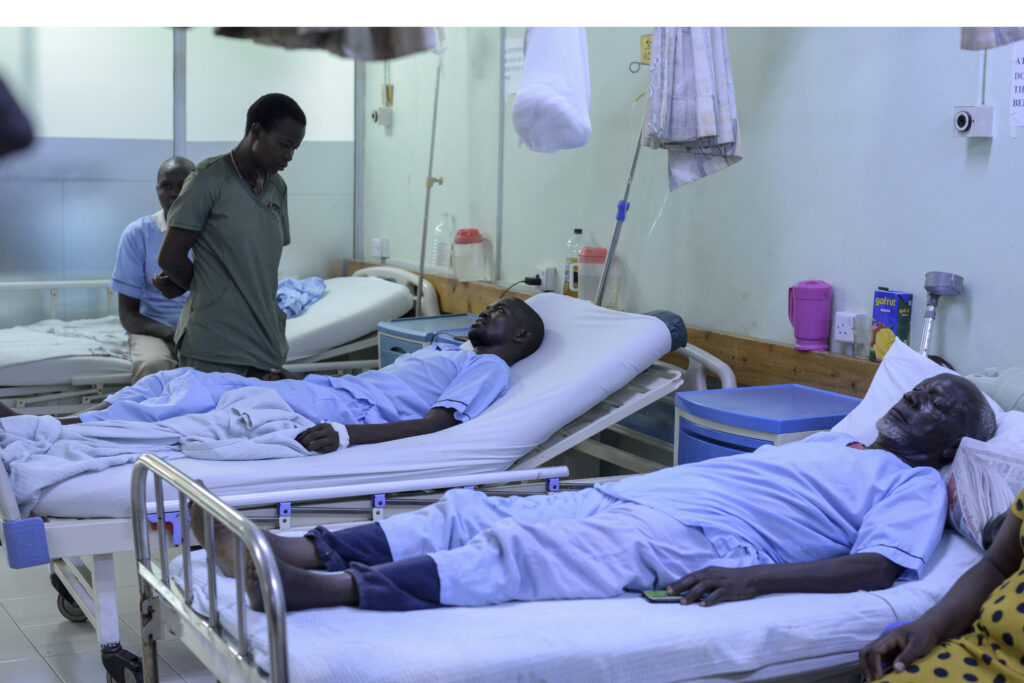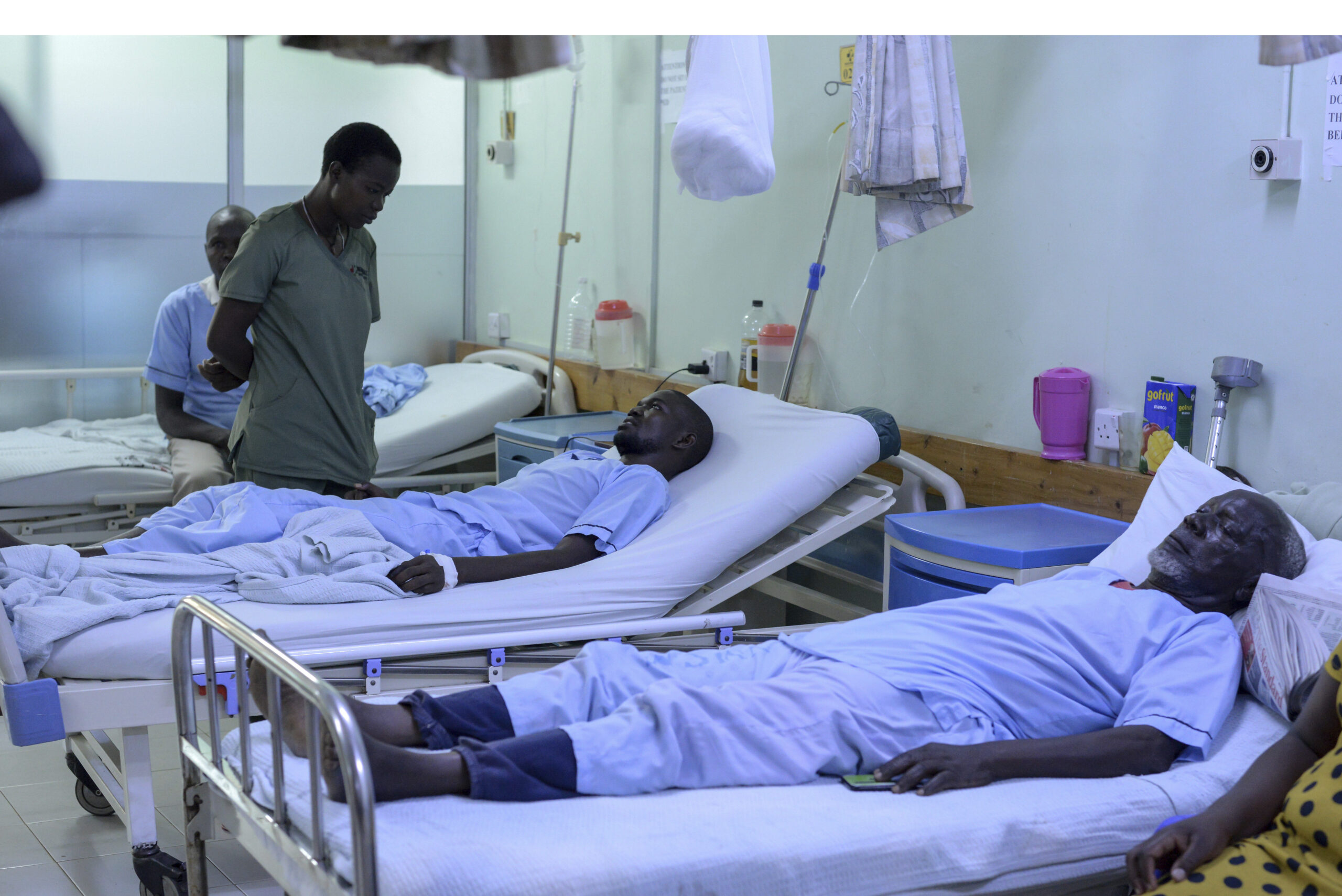Each year, about 250 million people in Africa are afflicted with malaria, a deadly mosquito-borne disease that comes with fatigue, fever and chills. Of those people, about 600,000 each year die.
As if those numbers aren’t scary enough, another 126 million people could be at risk with the emergence of an invasive breed of mosquito expanding through Africa. Anopheles stephensi can thrive in both urban and rural areas. It is also resistant to most insecticides commonly used in malaria control.
“Anopheles stephensi may have been expanding its geographic distribution for 25-30 years,” said Robert McCann, an assistant professor at the Center for Vaccine Development and Global Health at The University of Maryland School of Medicine.
The breed is native to parts of South Asia and the Arabian Peninsula, he told Black News & Views.
“It started expanding into the western parts of the Arabian Peninsula as early as 2000, and was first detected in Africa in Djibouti in 2012,” McCann said. “We’re not sure how or why it has been expanding. It might be because movement of people between these regions has recently increased, or because the conditions in the expanded range have become more suitable for this species.”

The mosquito’s spread appears to be far and wide.
“As Anopheles stephensi has been found in Africa as far west as Ghana, and as far south as Kenya, there are concerns about the impact this could have on malaria transmission, particularly in urban settings, “ Seth Irish, technical officer for the global malaria program at the World Health Organization, told Black News & Views.
WHO launched an initiative against the spread of Anopheles stephensi in Africa in 2022 with five aims: increasing collaboration, strengthening surveillance, improving information exchange, developing guidance, and prioritizing research. It has also provided technical support to countries dealing with Anopheles stephensi. Countries where the mosquito Anopheles stephensi has been found have developed surveillance and control plans, and in some cases set up additional mosquito controls.
“Community surveillance and larval site management along with better urban planning and infrastructure (sewage systems, drainage) are all important,” said Wendy Prudhomme O’Meara, a professor of medicine and global health and deputy director of the Duke Global Health Institute.
“But it is hard to find every single breeding spot and eliminate them all. We need creative ideas and new control strategies. We have a lot to learn from the countries that control Aedes [a genus of mosquito] because stephensi shares many characteristics with Aedes mosquitoes in terms of biting and breeding behavior.”

Health officials and experts have reported outbreaks in several African countries, including Nigeria, South Sudan, Ethiopia and Djibouti as well as parts of the Middle East. Experts say people in affected countries can take several measures to protect themselves, including ensuring they don’t have any water containers that could be accessed by mosquitoes to lay eggs.
“They should also sleep under insecticide treated bed nets, which will at least provide protection during the hours they are under the nets,” McCann said.
Added O’Meara: “Sleeping under a bednet is still important, but won’t be 100% effective. We need structural, population level interventions.
O’Meara added that the example of Sri Lanka could be instructive.
“The good news is that even though Anopheles stephensi arrived in Sri Lanka in 2018, Sri Lanka has been able to maintain its malaria-free status (granted in 2016) and prevent re-establishment of malaria in the country despite the presence of this vector,” she said. “That bodes well for malaria-free places being able to prevent transmission even in the presence of a new vector.”








